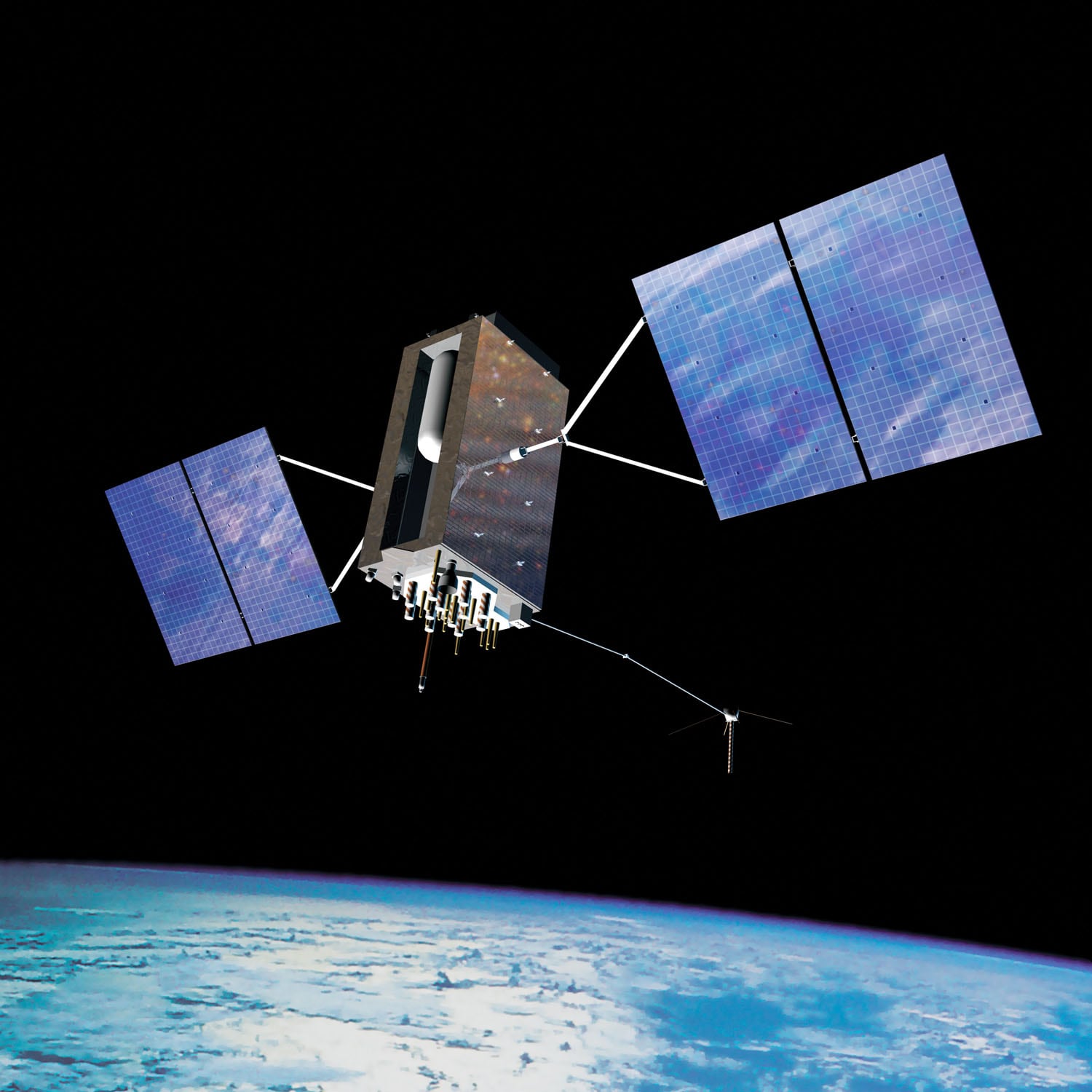WASHINGTON — A new report from the Defense Intelligence Agency links China and Russia’s increased operational space capabilities in recent years to their growing intent to extend future conflict into space.
The unclassified “Challenges to Security in Space” report follows a 2019 DIA report that surveyed space and counterspace programs being pursued by adversary nations, including Russia, China, North Korea and Iran. The 2022 report highlights growth in Russian and Chinese on-orbit systems as well as efforts to better organize their military space capabilities
“Evidence of both nations’ intent to undercut the United States and allied leadership in the space domain can be seen in the growth of combined on-orbit assets of China and Russia, which grew approximately 70% in just two years,” DIA Intelligence Officer for Space and Counterspace John Huth said during a Tuesday press briefing.
That expansion of capability follows a 200% combined increase between 2015 and 2018 and reflects a recognition by the two countries of the United States’ reliance on space assets and its role as a leader in the domain.
“As the number of spacefaring nations grow and counterspace capabilities become more integrated into military operations, the U.S. space posture will be increasingly challenged and on-orbit assets will face new risks,” Huth said. “A secure, stable and accessible space domain is crucial as challenges to the United States and our allies’ space capabilities continue to increase.”
Huth noted that because the report was completed before Russia’s invasion of Ukraine, it does not include any details on how Russia may be using counterspace capabilities in that conflict.
The report also highlights concerns about the threat of on-orbit debris, stating that the likelihood of collision between “massive derelict objects” in low Earth orbit is growing and “will continue to rise until at least 2030.” That threat is exacerbated by anti-satellite testing such as Russia’s test of an ASAT last November.
“Even if international and national guidelines were made legally binding, mitigation thresholds were made more stringent, or if compliance were even close to 100%, there would still be a formidable debris problem from the remnants of the first 63 years of space operations,” the report states.
The DIA’s survey follows the release of counterspace capability reports from two Washington, DC, think-tanks: Secure World Foundation and the Center for Strategic and International Studies. Those reports pointed to increased counterspace activity over the last year, and the CSIS report predicted 2022 could be a “pivotal turning point in space security” due to Russia’s use of counterspace capabilities like GPS jamming and cyber attacks in its war on Ukraine.
Courtney Albon is C4ISRNET’s space and emerging technology reporter. She has covered the U.S. military since 2012, with a focus on the Air Force and Space Force. She has reported on some of the Defense Department’s most significant acquisition, budget and policy challenges.








